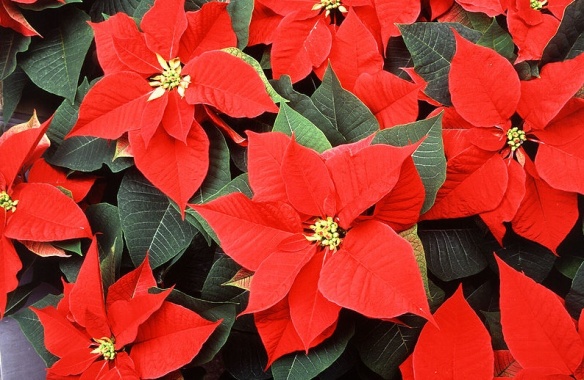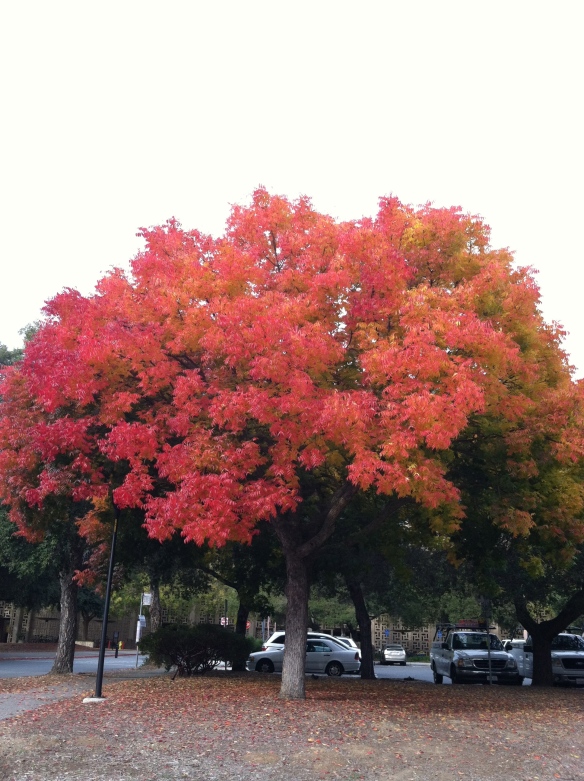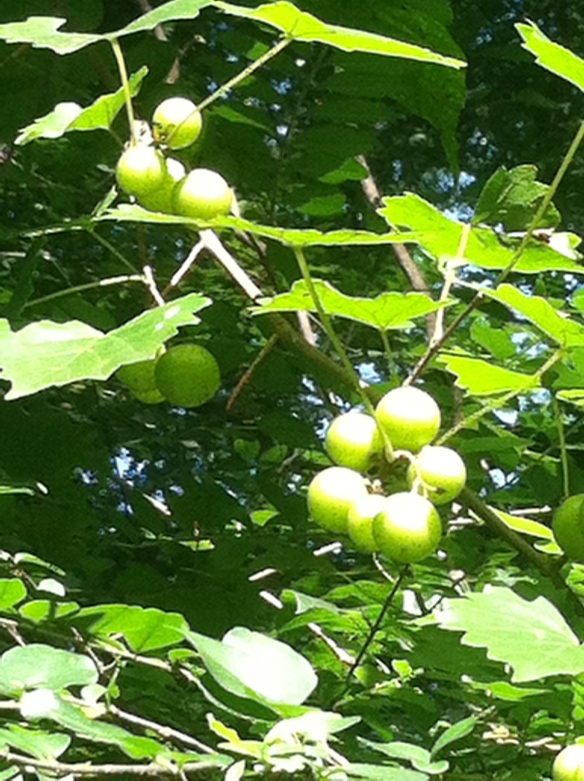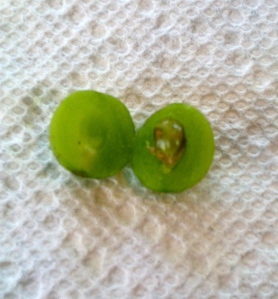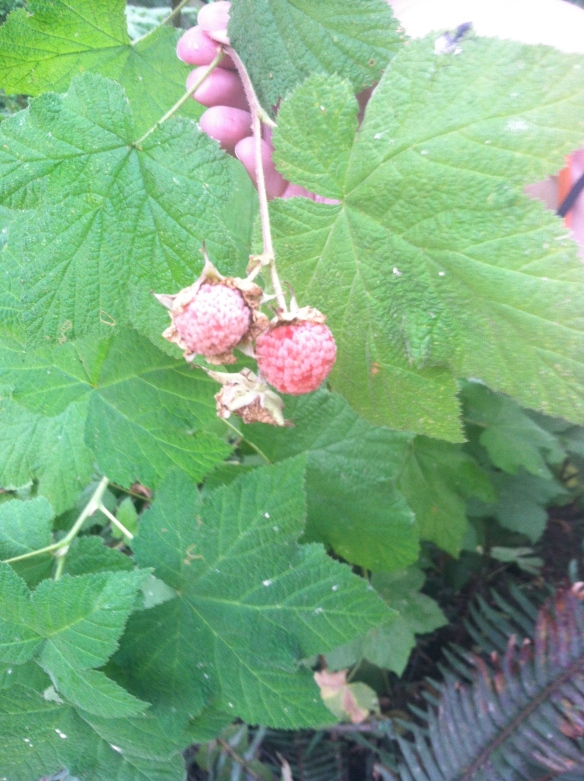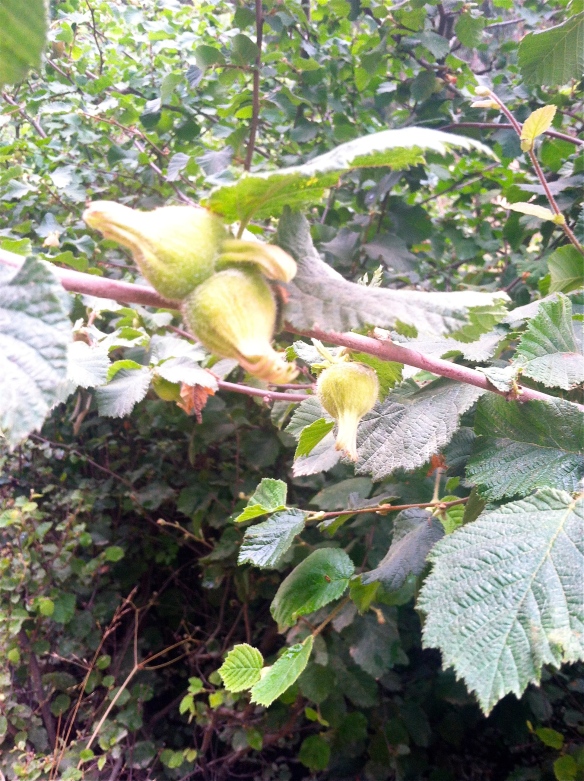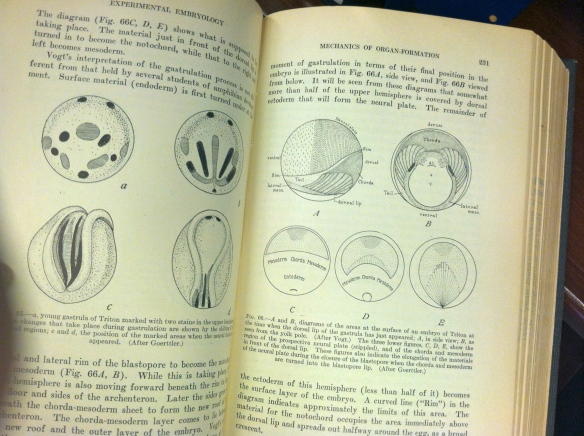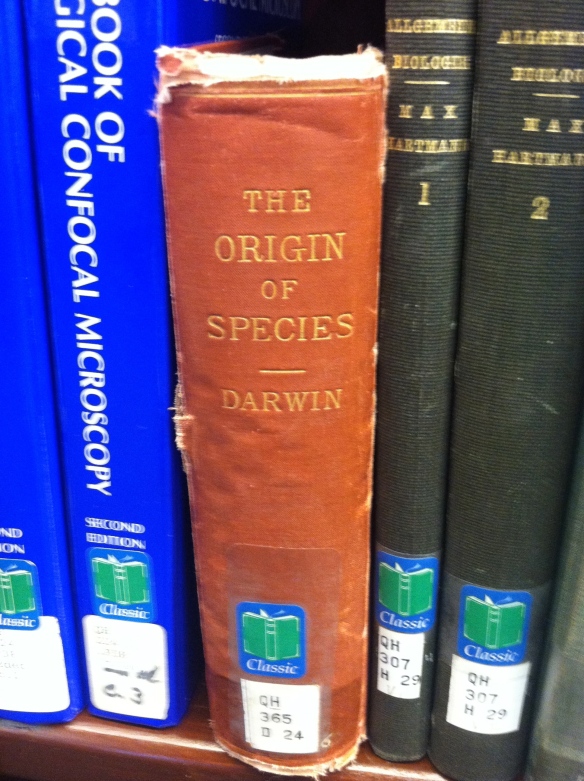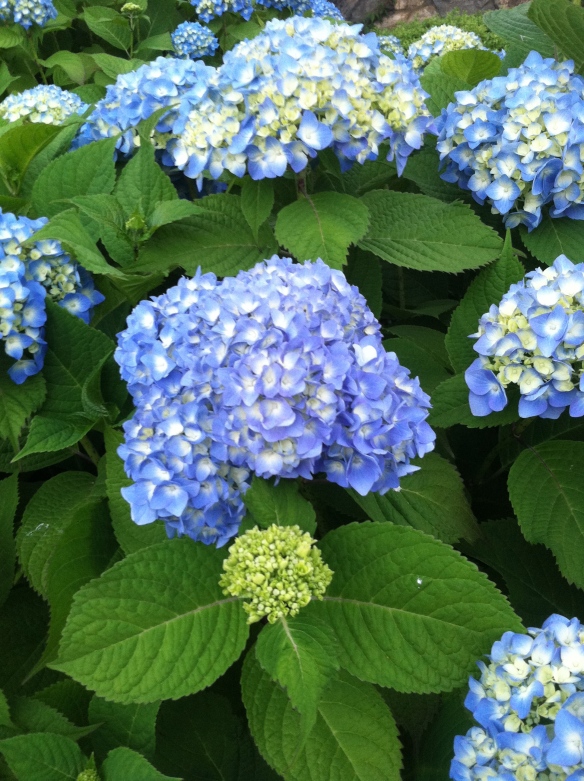Titles I abandoned:
-Dogwood Berries (surprisingly evocative of “dingleberries” as a standalone title, no? Maybe it still is as part of a longer title. Ah well.)
-Things you can eat on trees in Seattle (this would be a weak lead for such a series. Dogwoods grow plentifully elsewhere. Also, wouldn’t such a list obviously start with apples, followed by Rainier cherries?)
So anyway, hi, everybody! A year ago we moved to Seattle, and I started a lab in the Biochem department at UW. It’s been…honestly, pretty great. And I’m sure you will be shocked to learn that in an area that is famous for being damp and green, there are many green edible things that grow. So many berries, you guys. But all the native berries will have to wait their turn. The one that finally got me to take pictures for a post was this goofy looking thing I discovered in our back yard this afternoon:
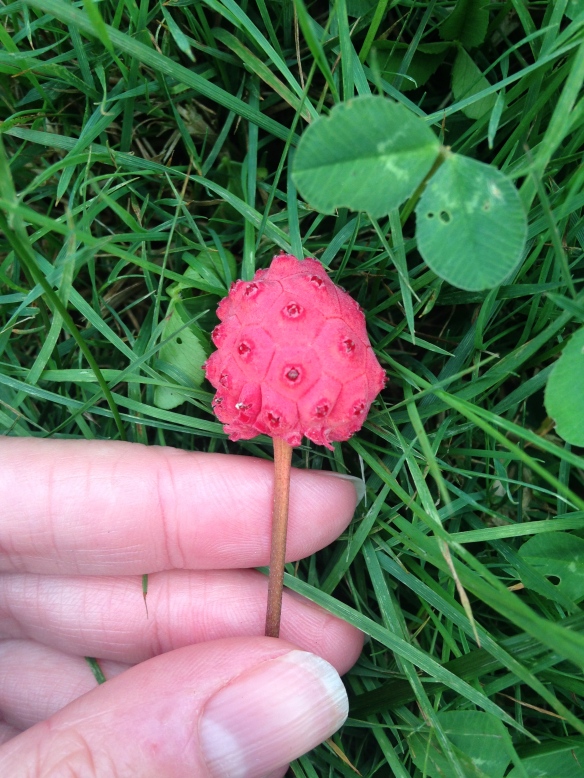
Which had fallen out of our dogwood tree. When I looked up at it I saw more:
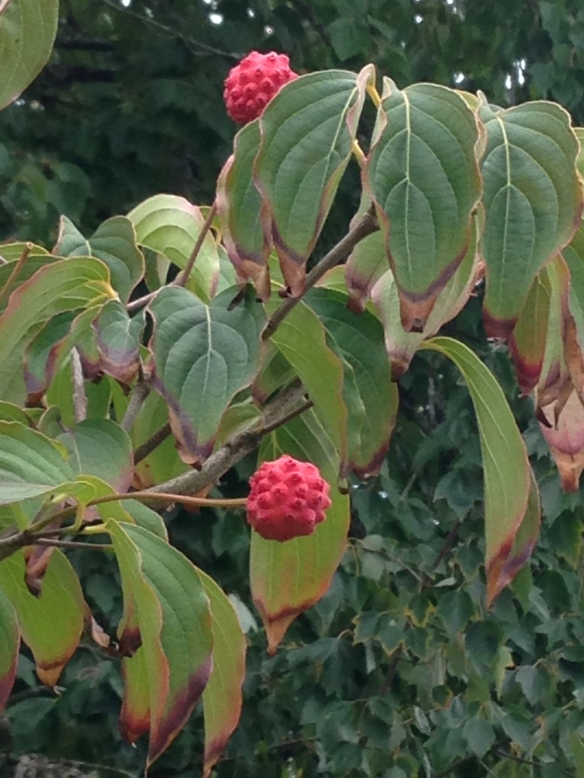
I have done frankly minimal research into what variety of dogwood is growing in our yard, and I haven’t yet seen it flower, which makes identification a little harder. But a quick perusal of the internet yielded consensus that, edibility-wise, dogwood berries range from “non poisonous” to “a sought-after delicacy,” and so I was sufficiently emboldened to give it a try.
Various users described the fruit as lychee-like, and to be sure the outside resembles a lychee both in its color and the dry, pebbly texture of the skin. There is no taxonomical affinity though: dogwoods come from the order Cornales, and are more closely related to hydrandgeas, lilacs, and olives than to lychees, which belong to the order Sapindales along with citrus, mangoes, and cashews. After cutting into the fruit, the inside is much softer than lychee, verging on mushy. Others described it as melon-like, which I think is much closer. Not only is the internal color a peachy orange rather like cantaloupe, but the flavor reminded me of a very ripe, soft honeydew. The skin itself is bitter, so I peeled it off and ate the just the soft inside portion. In my opinion, our home-grown dogwood berries are something I would very enthusiastically eat if I was hungry in the wilderness, and will happily eat when I find them in my own yard, but not something I’ll likely seek out in large numbers. They’re a bit too squashy and the outsides too much trouble to eat by the dozen. I’d be interested to hear the opinions of others; after all, ours might not be the “sought-after delicacy” subtype, and there might be more compellingly delicious dogwoods out there.

Caveats:
-there is a single, rock-hard seed in each berry. Don’t break your teeth!
-Apparently contact with dogwood leaves can cause skin irritation in some. Proceed with reasonable caution.

